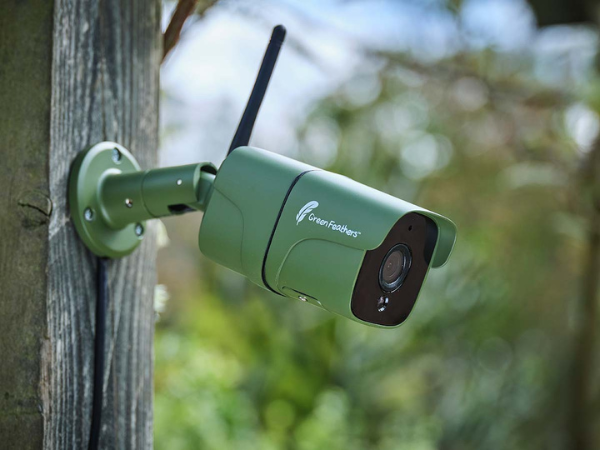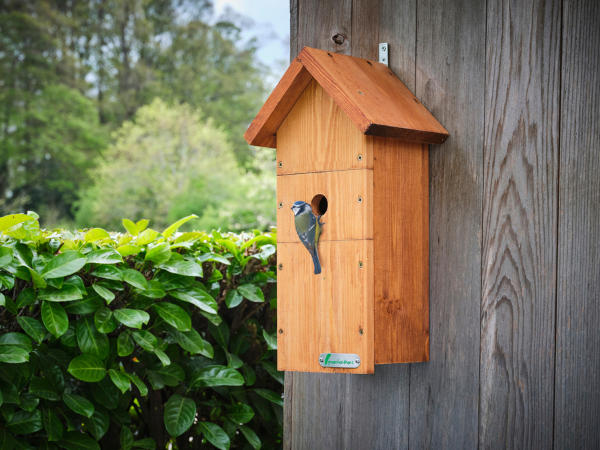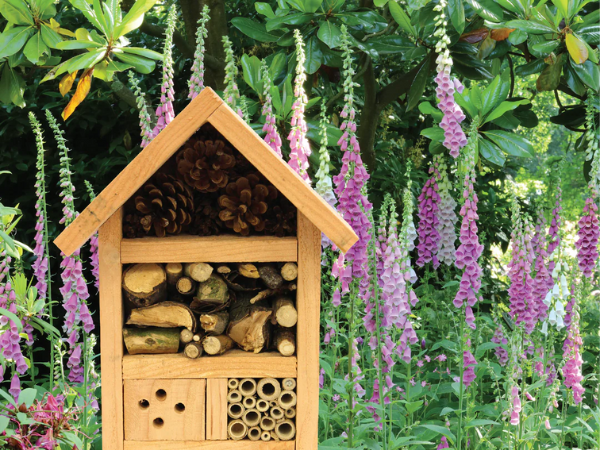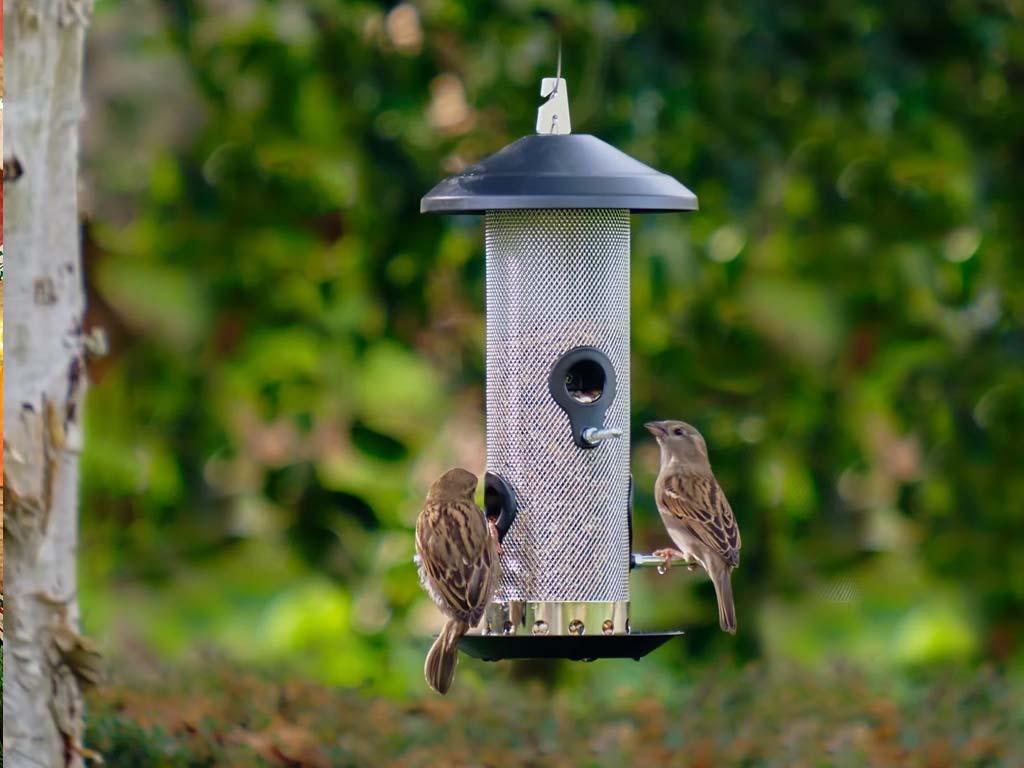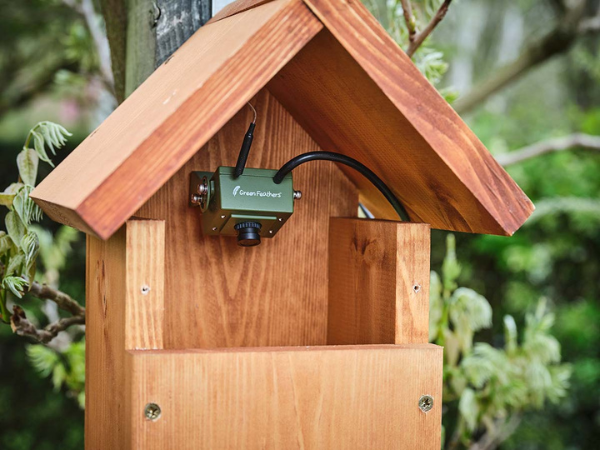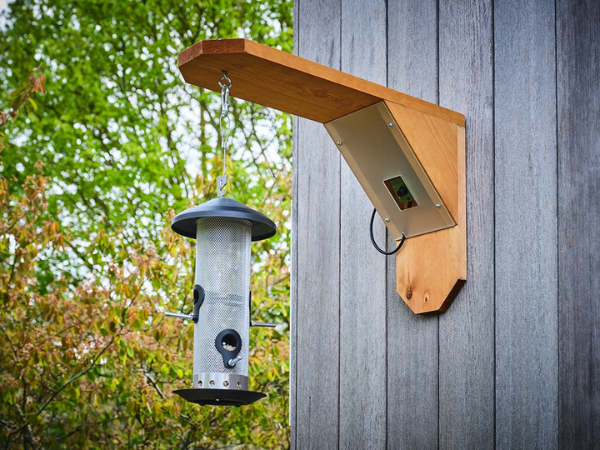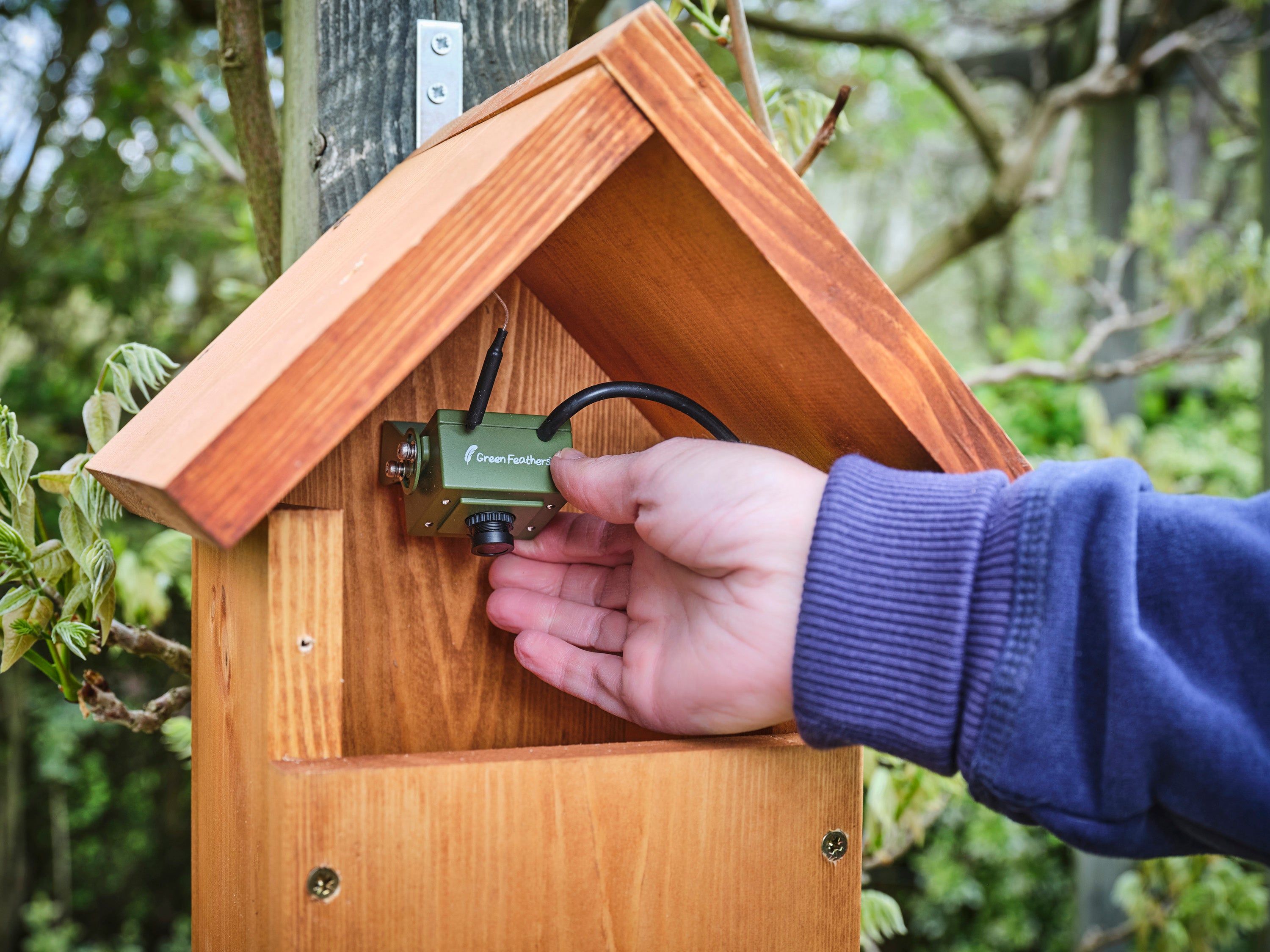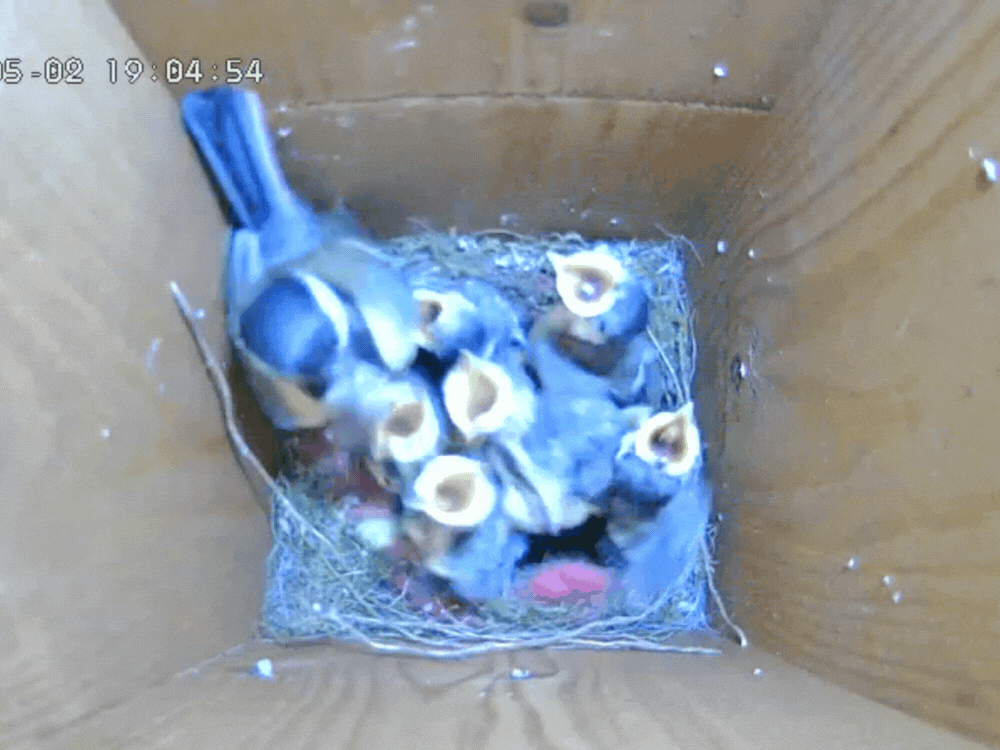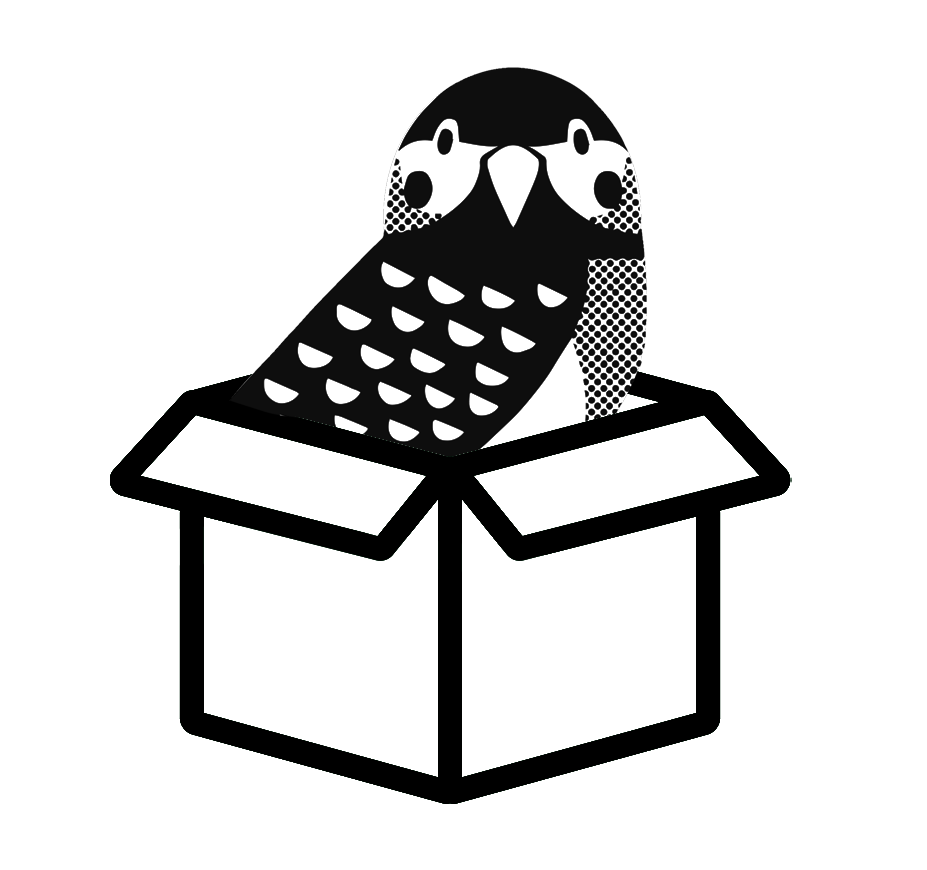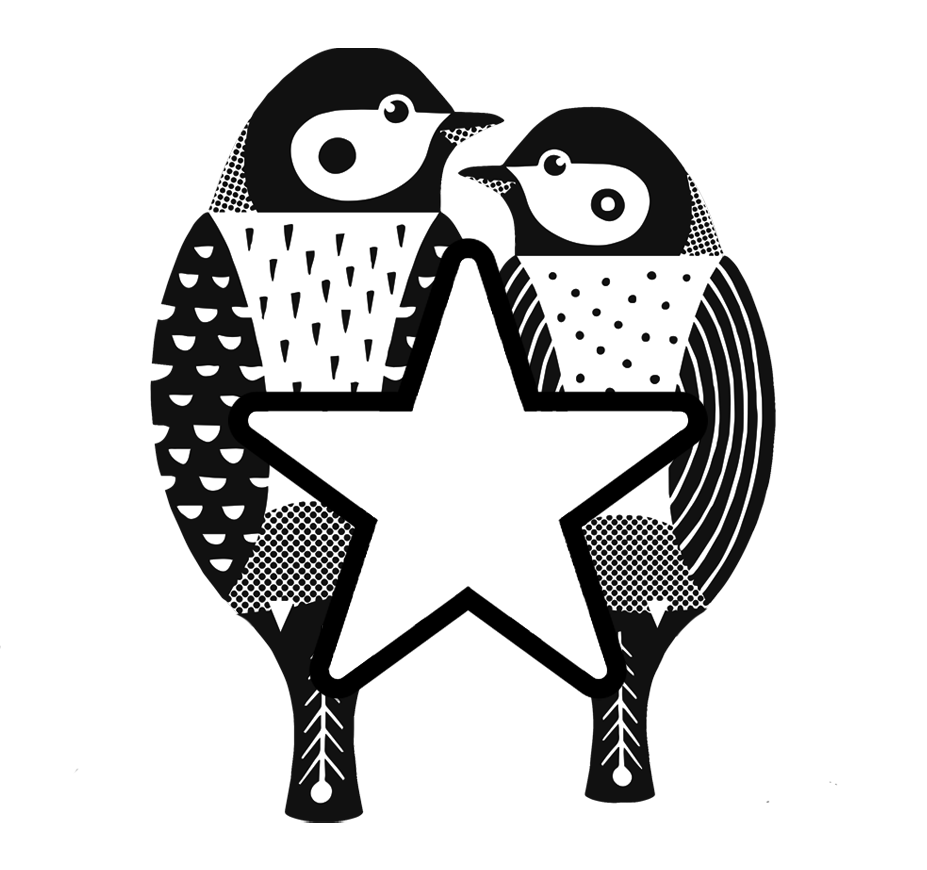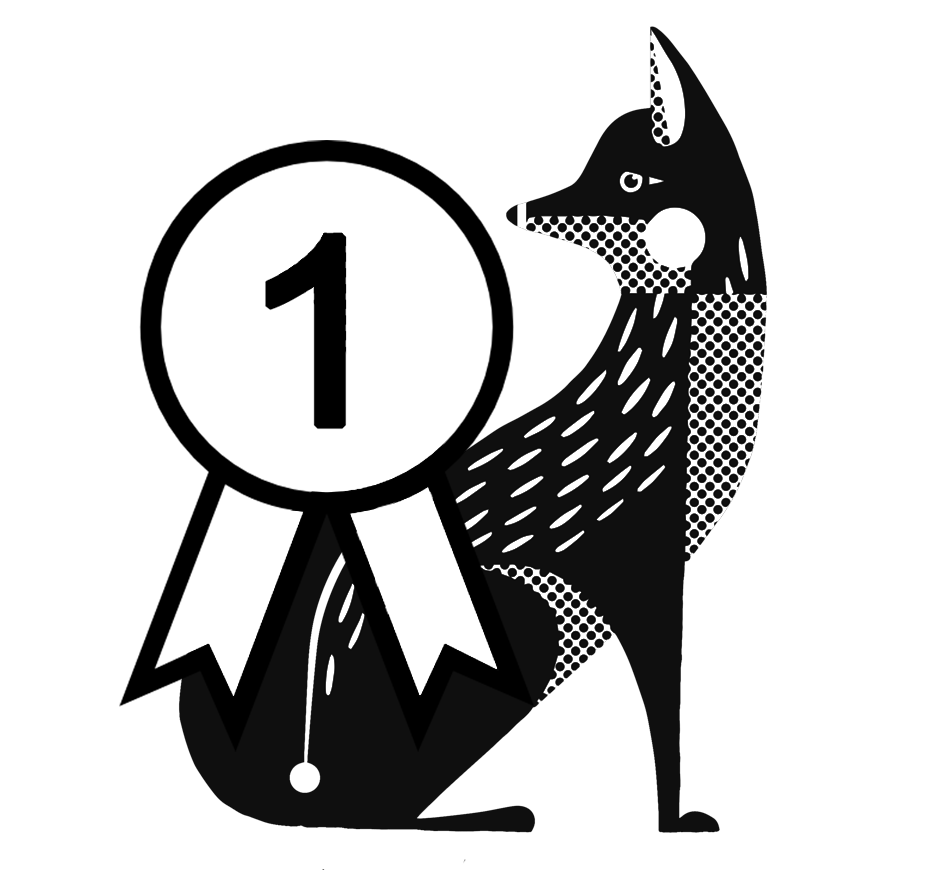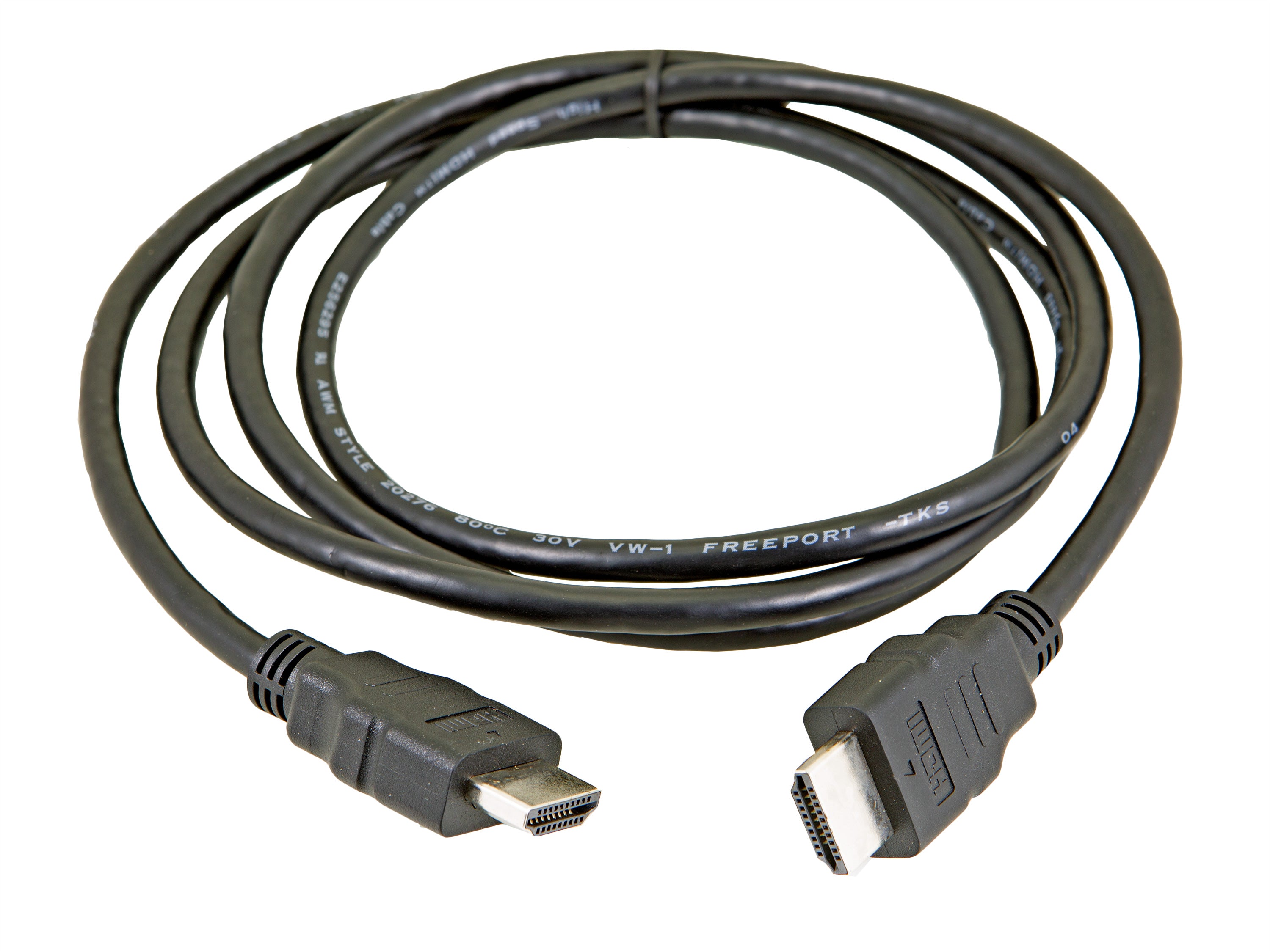Have you ever stopped to wonder if birds are actually dinosaurs? It might sound a bit crazy, but the truth is, they are!
Whilst the birds you might find in your garden may seem like a world away from their ancient ancestors, their connection is fascinating and full of surprises.
In this post, we’ll take a closer look at what makes a bird a bird, diving into their unique traits and how birds differ from their dinosaur relatives. We will also highlight some interesting similarities that reveal their shared history. We'll also uncover some common misconceptions about this evolutionary journey.
Get ready as we discover how today’s birds are not just beautiful creatures soaring through the sky or visiting our bird boxes but are also the living descendants of the dinosaurs that once ruled the Earth!
What makes a bird a bird?

Ever looked at a bird in your wildlife-friendly garden and wondered what makes them so special?
Understanding what makes a bird a bird involves exploring both their unique characteristics and their evolutionary connections to dinosaurs. Here’s a detailed look at the key differences and similarities:
Key characteristics of birds
What characteristics do we know show that a bird is a bird?
1. Feathers
Birds are the only animals with feathers, which are crucial for insulation, waterproofing, and most importantly, flight. Feathers are unique structures that differentiate birds from other animals.
2. Hollow bones
Birds possess lightweight, hollow bones that reduce body weight without sacrificing strength, aiding in flight.
3. Beaks
Birds have beaks instead of teeth, with various shapes adapted to their diets. This allows them to consume a wide range of foods.
4. Endothermy
Birds are warm-blooded (also known as endothermic), meaning that they can maintain a constant body temperature regardless of the environment. This allows them to inhabit diverse climates and engage in various activities all year-round.
5. High metabolism
Birds have a high metabolic rate, which is necessary for sustaining the energy required for flight.
6. Unique respiratory system
Birds possess a highly efficient respiratory system with air sacs, that ensure a continuous flow of air through the lungs, maximising oxygen exchange during both inhalation and exhalation.
7. Oviparous reproduction
Birds lay eggs with hard shells, typically exhibiting parental care after hatching.
8. Flight adaptations
Birds have various adaptations, including wing structure, muscle arrangement, and keel (a projection on the breastbone for muscle attachment), which facilitates flight.
Key differences between birds and dinosaurs
And how are those characteristics different from dinosaurs?
1. Feathers vs. scales
Whilst some theropod dinosaurs had protofeathers, birds possess fully developed feathers, which are critical for flight and thermoregulation.
2. Skeletal structure
Birds have a fused hand (the carpometacarpus) and a keel that supports wing movement, differing from the more flexible skeletal structures of dinosaurs.
3. Respiratory system
Birds’ advanced air sac systems are significantly different from the simpler lung structures found in most dinosaurs.
4. Metabolic rate
Birds generally have a higher metabolic rate than we believe dinosaurs had, enabling sustained flight and active lifestyles.
5. Beak structure
Birds possess beaks suited for diverse feeding strategies, whilst dinosaurs had varied dentition with teeth.
Similarities between birds and dinosaurs
But if “a bird is a dinosaur”, then what similarities are there between them?
1. Ancestral connection
Birds are descended from theropod dinosaurs, sharing a common ancestor. This connection illustrates the evolutionary transition from certain dinosaur characteristics to those found in modern birds.
2. Egg laying
Both birds and many dinosaurs (did) lay eggs. The nesting behaviour believed in some dinosaurs shows parallels to avian reproduction.
3. Bipedalism
Birds and many dinosaurs are bipedal, with adaptations for walking or running on two legs.
4. Social behaviour
Evidence suggests that some dinosaurs exhibited social behaviour similar to birds, such as flocking and nesting in groups.
5. Physiology
Some physiological traits, such as the presence of air sacs in certain theropods and the overall structure of limbs, indicates that birds did evolve from these dinosaurs.
6. Feeding strategies
Both birds and certain dinosaurs show evidence of diverse feeding strategies, adapting to various ecological niches.
The evolutionary path from dinosaurs to birds

The evolutionary path from dinosaurs to birds is a fascinating journey that illustrates the gradual changes that occurred over millions of years.
Theropod dinosaurs
Birds are most closely related to a group of theropod dinosaurs, which were primarily bipedal and included species like Velociraptor and Tyrannosaurus rex. It is believed that theropods had various adaptations that laid the groundwork for the evolution of birds.
Theropods exhibited several features similar to modern birds, such as hollow bones, a three-toed foot structure, and certain aspects of their skull structure. Some theropods also had feathers or feather-like structures, which are believed to have initially evolved for insulation or display rather than for flight.
Theropod to bird evolution
The first feathers likely emerged in small theropods for insulation or display. Over time, these protofeathers became more complex, leading to the development of flight feathers.
As theropods continued to evolve, modifications in forelimb structure occurred, leading to the formation of wings. The humerus (upper arm bone) became shorter, and the radius and ulna (forearm bones) became elongated, allowing for greater manoeuvrability.
Then, as dinosaurs evolved into “birds”, they developed a pronounced keel on the breastbone, providing an anchor for powerful flight muscles. They also evolved lighter, more aerodynamic bodies, with adaptations like a fused hand and a unique pelvic structure. These changes reduced weight and improved flight capabilities.
Then came the development of a more efficient respiratory system, featuring air sacs, which allowed these “birds” to maintain high metabolic rates necessary for flight.
The first bird
Often considered the first true bird, Archaeopteryx lived around 150 million years ago during the Late Jurassic period. It had feathers, wings, and a wishbone, but also retained many dinosaur characteristics, such as teeth, a long bony tail, and clawed fingers.
Other transitional forms
But it’s not just the Archaeopteryx that shows evidence of bird evolution. Other important transitional species include:
- Microraptor: A small, feathered theropod with four wings, showcasing adaptations for gliding.
- Confuciusornis: One of the earliest known birds, it had a beak and was more similar to modern birds in body structure.
- Hesperornis and Ichthyornis: Early aquatic and flying birds, they demonstrated further evolution and diversification in the bird lineage.
How did birds survive dinosaur extinction?
Whilst people weren’t birdwatching then, it's said that birds evolved from dinosaurs roughly 160 million years ago, but lived hand-in-hand (or wing-in-claw) with dinosaurs around 100 million years. However, approximately 66 million years ago, a mass extinction event led to the demise of the non-avian dinosaurs.
But, some theropod dinosaurs survived and evolved into modern birds.
The extinction of non-avian dinosaurs opened up ecological niches that allowed birds to diversify and evolve into various forms, adapting to different environments and lifestyles - developing into the modern birds we see around the world today.
Popular misconceptions about dinosaur to bird evolution
When it comes to the evolutionary history of birds, there are a few common misconceptions. Let’s break them down
Are all dinosaurs extinct?
It is a common misconception that all dinosaurs died out 65 million years ago. Birds, as descendants, are technically (by evolutionary standards) the only surviving group of dinosaurs.
Do birds look anything like their dinosaur ancestors?
Modern birds are quite different in appearance from their ancestors but also share surprising similarities. It is said that flightless birds, such as ostriches and emus, resemble the most to the smaller theropods they have evolved from.
Are birds related to pterosaurs?
Well, pterosaurs weren’t birds, or dinosaurs, so the answer is no. Pterosaurs were a type of flying reptile - considered the first creature to have evolved to fly. However, their flight evolved separately to that of early birds.
Was the dodo a dinosaur?
A dodo, a bird that went extinct in the 17th century, is considered to be a dinosaur by evolutionary standards. But that is simply because it was a bird that evolved from dinosaurs.
When it comes to birds, we’d like to think we know a thing or two. For all things bird, contact our helpful team today for expert advice, or explore the other resources on our blog.



